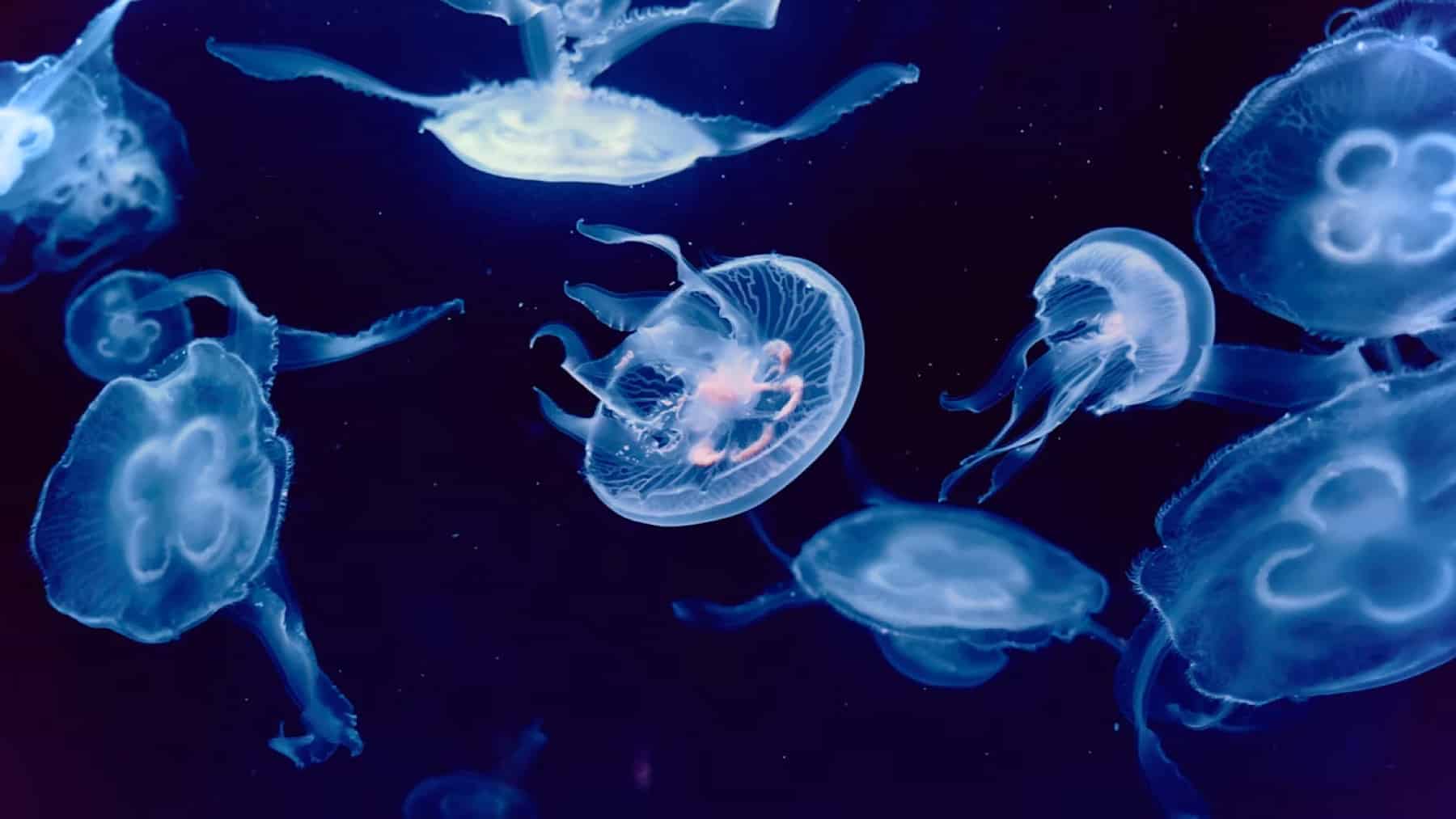The marine chaos has hit the nuclear heartland of Europe with a vengeance. The massive jellyfish attack on the Gravelines nuclear power plant in France forced the shutdown of one of Europe’s largest electricity-generating stations. The sense of vulnerability stemming from such an unusual biological attack on infrastructure now contributes to wider worries on the European mainland. The threat may become an imminent challenge on the shores of America as well.
French nuclear facility succumbs to massive jellyfish assault
The Gravelines Nuclear Power Plant suffered a catastrophic shutdown due to an influx of jellyfish at the cooling water intake system. The jellyfish influx at Gravelines Nuclear Power Plant was described as “massive and unpredictable” by the EDF operators. The power plant had the capacity to generate power for 5 million homes and suffered a complete shutdown owing to the jellyfish.
The final three nuclear reactors automatically turned off late on Sunday evening, and the fourth reactor followed early on Monday morning. The two remaining reactors were already undergoing routine summer shutdowns. As a result, the whole power plant came to a grinding halt. However, it should be noted by EDF that while it posed no threats to security or the environment, it had dramatic economic consequences. The Gravelines power plant gets its water from a canal that flows into the North Sea, where jellyfish levels peak as summer advances.
Global pattern shows increased jellyfish interference in power production
This particular incident in French waters is only the tip of the iceberg. In fact, it’s a problem that’s been observed on an international level. Jellyfish invasion shuts down Europe’s energy — America braces as the swarm spreads toward its shores due to power plants being affected by such events around the world. These plants include those located in Scotland’s Torness Nuclear Power Station and China’s largest coal-fired power plant.
The Torness nuclear power station in Scotland experienced week-long shutdowns in 2011 and 2021 due to jellyfish blocking seaweed filters. Breakdowns at power stations due to jellyfish have been reported in Sweden, the US, Japan, and the Philippines. In China, staff at an Eastern coal-fired power station spent ten days clearing more than 150 tonnes of jellyfish from the cooling system.
These shutdowns result from the huge and unexpected presence of jellyfish in the filter drums of the pumping stations, located in the non-nuclear area of the plants.
American coastal facilities face an imminent jellyfish threat
The repercussions for energy infrastructure in America are both far-reaching and pressing. U.S. coastal power plants face the same set of threats as those found in Europe, designed to withstand huge seawater intake infrastructure that jellyfish can rapidly flood. Increasing temperatures of the ocean and shifts in marine life patterns portend bigger jellyfish blooms on the coasts of America.
The scientists at the University of Bristol in Britain have been working on an early warning system for jellyfish swarms. Currently, U.S. infrastructure needs to evaluate its readiness in protecting against such biological invasions. Jellyfish swarms pose a national security threat with respect to power grid stability as well as unexpected shutdowns.
Vulnerability factors include:
- Warming ocean temperatures are promoting jellyfish reproduction
- Overfishing is reducing the natural jellyfish predators
- Coastal development is creating ideal jellyfish habitats
- Limited early detection systems at most facilities
The Gravelines power outage offers a dramatic lesson on world energy security. The jellyfish population’s growth due to climate change poses an ever-enhanced threat of biological disruptions to power plants located along coastal regions. Energy companies in America must work on jellyfish protection strategies as the next attack could come at a moment when least anticipated along America’s coastal zones. Why have jellyfish become such a problem due to climate change?
Disclaimer: Our coverage of events affecting companies is purely informative and descriptive. Under no circumstances does it seek to promote an opinion or create a trend, nor can it be taken as investment advice or a recommendation of any kind.














